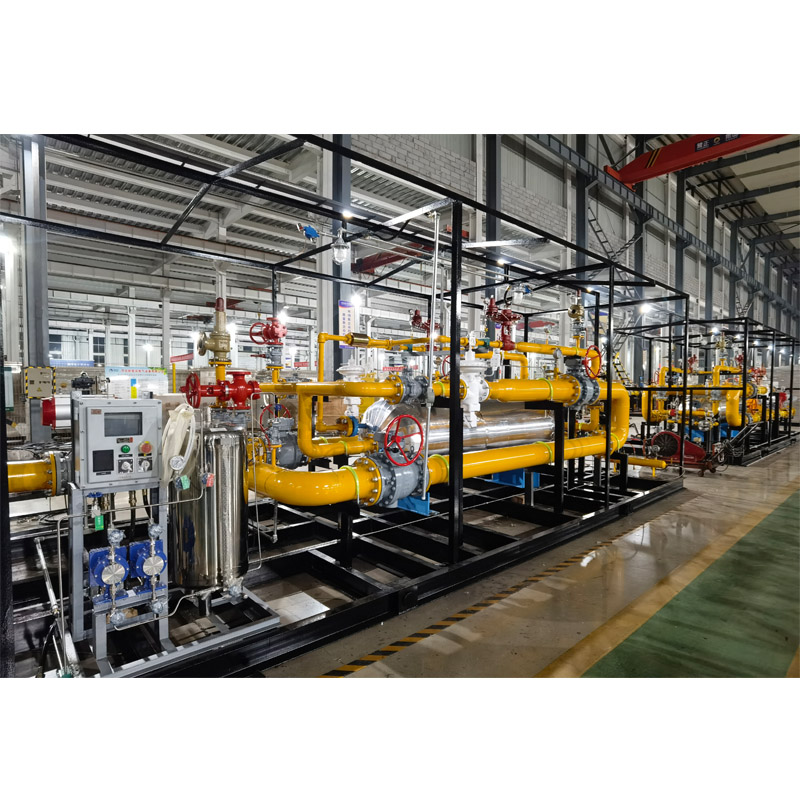
Dec . 13, 2024 03:59
Back to list
Pressure Regulation Valve Optimization Techniques and Applications
The Role of Pressure Regulating Valves in Modern Systems
In various engineering and industrial applications, managing pressure is a crucial aspect that ensures the safe and efficient operation of equipment and processes. One of the key components in pressure management is the pressure regulating valve (PRV), a critical device that maintains the desired pressure within a system. This article will explore the functionality, types, applications, and importance of pressure regulating valves in modern systems.
What is a Pressure Regulating Valve?
A pressure regulating valve is a mechanical device designed to automatically maintain a constant outlet pressure despite fluctuations in the inlet pressure or changes in the flow demand. It acts as a control mechanism, ensuring that the pressure remains within predefined limits, thereby protecting downstream equipment and ensuring optimal performance.
How Do Pressure Regulating Valves Work?
PRVs operate based on the principles of fluid dynamics. The valve consists of a movable mechanism that responds to changes in pressure. When the inlet pressure exceeds the set point, the valve adjusts its position, allowing for a controlled release of fluid, thereby reducing the pressure to the desired level. This dynamic regulation continues as system demands change, ensuring that the output pressure remains stable.
Types of Pressure Regulating Valves
There are several types of pressure regulating valves, each designed for specific applications
1. Spring-Loaded PRVs These are the most common types, where a spring mechanism holds the valve in place. A diaphragm or piston moves in response to changes in pressure, adjusting the valve's opening accordingly.
2. Pilot-Operated PRVs These valves use a smaller pilot valve to control the larger main valve. They offer better performance in high-pressure applications.
3. Electronic PRVs Incorporating advanced technology, electronic PRVs can automatically adjust to varying conditions, providing precise control over pressure levels.
.
Applications of Pressure Regulating Valves
صمام تنظيم الضغط

PRVs are widely used across a range of industries
- Water Supply Systems In municipal water systems, PRVs regulate the pressure to ensure safe and consistent water distribution. - Gas Distribution PRVs are crucial in natural gas and propane systems, where they prevent overpressure situations that could lead to leaks or explosions.
- HVAC Systems In heating, ventilation, and air conditioning systems, PRVs maintain the necessary pressure for efficient system operation.
- Process Industries In chemical, pharmaceutical, and food processing industries, PRVs ensure that equipment operates within safe pressure limits, preventing accidents and ensuring product quality.
Importance of Pressure Regulating Valves
The significance of pressure regulating valves cannot be overstated. Here are some reasons why they are essential
1. Safety By preventing overpressure conditions, PRVs ensure the safety of personnel and equipment, reducing the risk of accidents and failures.
2. Efficiency Maintaining optimal pressure levels helps in achieving maximum efficiency in processes, reducing energy consumption and operational costs.
3. Equipment Protection PRVs help prevent damage to downstream equipment by controlling runaway pressures that could lead to catastrophic failures.
4. System Longevity By maintaining stable pressure, PRVs contribute to the longer lifespan of equipment and systems, minimizing the need for repairs and replacements.
5. Regulatory Compliance Many industries must adhere to strict regulations regarding pressure management. PRVs help ensure compliance with these standards.
Conclusion
In conclusion, pressure regulating valves play a pivotal role in modern industrial and engineering applications. Their ability to maintain consistent pressure levels contributes significantly to the safety, efficiency, and reliability of various systems. As technology advances, we can anticipate the development of even more sophisticated PRVs that will further enhance their capabilities and applications in an ever-evolving industrial landscape. Understanding the function and importance of these devices is essential for engineers, operators, and decision-makers tasked with maintaining the integrity of their systems.
Next:
Latest news
-
Safety Valve Spring-Loaded Design Overpressure ProtectionNewsJul.25,2025
-
Precision Voltage Regulator AC5 Accuracy Grade PerformanceNewsJul.25,2025
-
Natural Gas Pressure Regulating Skid Industrial Pipeline ApplicationsNewsJul.25,2025
-
Natural Gas Filter Stainless Steel Mesh Element DesignNewsJul.25,2025
-
Gas Pressure Regulator Valve Direct-Acting Spring-Loaded DesignNewsJul.25,2025
-
Decompression Equipment Multi-Stage Heat Exchange System DesignNewsJul.25,2025

